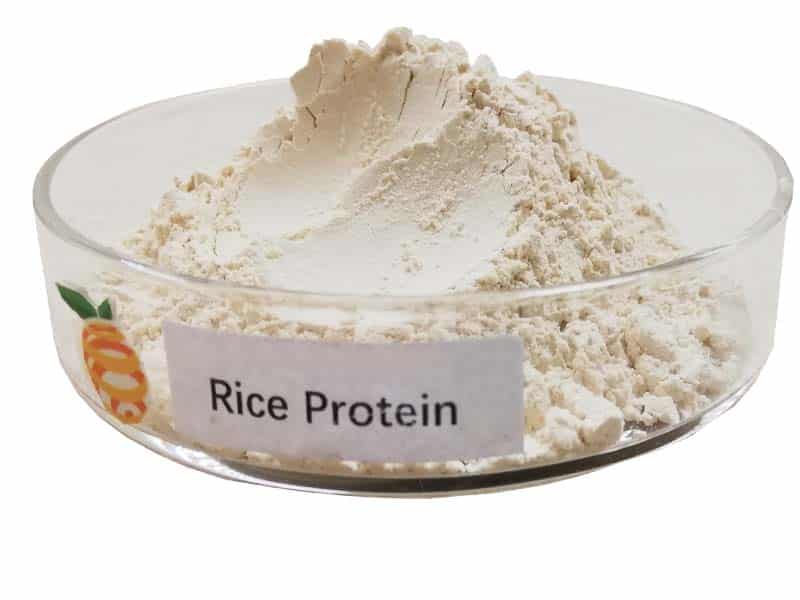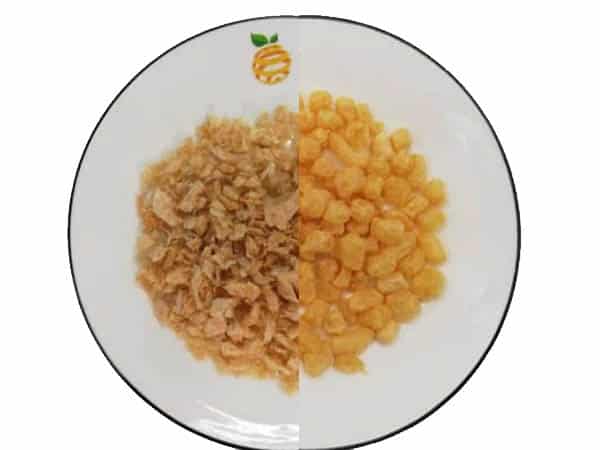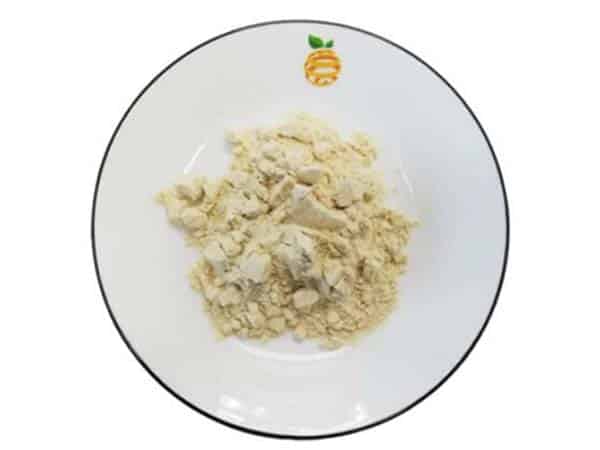Application Of Real-Time Fluorescence Pcr With Lna-Taqman Probe To Detect Genetically Modified Components In Rice Products
Exploring a novel method for detecting GM ingredients in rice using LNA-TaqMan probes, enhancing specificity and sensitivity in food safety.
The detection of trace amounts of genetically modified ingredients in rice products requires specific and ultra-sensitive detection methods. This study targets the industry standard genetically modified rice screening sites CaMV35S promoter, NOS terminator and Cry1A gene, and utilizes the incorporation of locked nucleotides into conventional TaqMan probes to improve probe annealing temperature and hybridization specificity. By comparing the real-time fluorescence polymerase chain reaction (PCR) detection effects of different LNA-TaqMan probes at the above sites, a new real-time fluorescence PCR detection method based on LNA-TaqMan probes for the above screening sites was established. . This method has strong specificity and ultra-high detection sensitivity; compared with the ordinary TaqMan real-time fluorescence PCR method, its reaction Ct value can be advanced by 1 to 3 cycles (except for the Cry1A site), and the detection limit can reach 3 pg. This detection method can be used to detect trace amounts of genetically modified rice ingredients in rice products that are difficult to detect with conventional real-time fluorescence PCR.
Introduction to GM Ingredient Detection in Rice
In the evolving landscape of food safety and agricultural biotechnology, the detection of genetically modified (GM) ingredients within food products is paramount to ensuring consumer safety and regulatory compliance. This concern is especially relevant for staple foods like rice, where the incorporation of GM ingredients can occur, either intentionally through cultivation or inadvertently through cross-contamination. As such, the development of precise, ultra-sensitive detection methods for GM components in rice products is a critical area of research. This study addresses this need by focusing on the industry-standard genetically modified rice screening sites: the Cauliflower Mosaic Virus 35S promoter (CaMV35S), Nopaline Synthase terminator (NOS), and Cry1A gene.
Incorporating LNA into TaqMan Probes for Enhanced Detection
The innovative approach of this study involves the incorporation of Locked Nucleic Acids (LNAs) into conventional TaqMan probes. LNAs are a class of nucleotide analogs that offer enhanced stability and affinity for their complementary RNA or DNA strands, leading to improvements in probe annealing temperature and hybridization specificity. The use of LNA-modified TaqMan probes represents a significant advancement in the field of molecular diagnostics, offering the potential for more accurate and sensitive detection of GM ingredients.
Comparative Analysis of LNA-TaqMan Probes in GM Rice Detection
The core of the research involved comparing the detection efficacy of different LNA-TaqMan probes targeting the CaMV35S promoter, NOS terminator, and Cry1A gene through real-time fluorescence Polymerase Chain Reaction (PCR). The results led to the establishment of a novel real-time fluorescence PCR detection method that leverages the unique benefits of LNA-TaqMan probes for enhanced specificity and sensitivity in screening for the mentioned genetic elements in rice.
Superior Sensitivity and Specificity of the New Detection Method
This newly developed method demonstrates remarkable performance characteristics. It shows a significantly enhanced detection sensitivity compared to conventional TaqMan real-time fluorescence PCR methods. Specifically, the reaction cycle threshold (Ct) value could be advanced by 1 to 3 cycles for most targeted sites, excluding Cry1A, indicating a faster and more sensitive detection capability. Furthermore, the method achieved a detection limit as low as 3 picograms (pg), highlighting its ultra-high sensitivity and making it adept at identifying trace amounts of GM ingredients that conventional methods might miss.
Implications for Industry and Regulatory Compliance
The implications of this research are profound for both the industry and regulatory bodies. By enabling the detection of minute quantities of GM rice ingredients, this method can significantly contribute to food safety protocols, supply chain management, and consumer transparency efforts. It provides a robust tool for compliance with global regulatory standards, which increasingly demand precise and reliable methods for GM ingredient detection.
Conclusion: Advancing Food Safety and GM Detection
In conclusion, the development of a real-time fluorescence PCR detection method based on LNA-TaqMan probes represents a significant step forward in the molecular detection of GM ingredients in rice products. This method’s strong specificity and ultra-high sensitivity set a new standard for the detection of GM components, ensuring that rice products are safe, compliant, and non-GM, unless labeled otherwise. As such, this study contributes valuable insights and tools to the fields of food safety, biotechnology, and agricultural science, marking a noteworthy advancement in our capability to monitor and regulate the presence of GM ingredients in the food supply.
For futher details of this article and research, feel free to contact our team for assistance.
Original research was done by Ling Xingyuan, Bao Xianyu, Xiang Caiyu, Pan Guang, Cheng Yinghui, Zhang Guiming, Chen Zhinan
About ETprotein:
ETprotein, a reputable plant protein vegan protein Chinese factory manufacturer and supplier, is renowned for producing, stocking, exporting, and delivering the highest quality organic bulk vegan protein and plant proteins. They include Organic rice protein, clear rice protein, pea protein, clear pea protein, oat protein, watermelon seed protein, pumpkin seed protein, sunflower seed protein, mung bean protein, peanut protein, various of plant peptides etc. Their offerings, characterized by a neutral taste, non-GMO, allergen-free attributes, cater to a diverse range of industries. They serve nutraceutical, pharmaceutical, cosmeceutical, veterinary, as well as food and beverage finished product distributors, traders, and manufacturers across Europe, USA, Canada, Australia, Thailand, Japan, Korea, Brazil, and Chile, among others.
ETprotein specialization includes exporting and delivering tailor-made protein powder and finished nutritional supplements. Their extensive product range covers sectors like Food and Beverage, Sports Nutrition, Weight Management, Dietary Supplements, Health and Wellness Products, and Infant Formula, ensuring comprehensive solutions to meet all your protein needs.
As a trusted company by leading global food and beverage brands and Fortune 500 companies, ETprotein reinforces China’s reputation in the global arena. For more information or to get a free sample of their protein products, please contact them and email sales(at)ETprotein.com today.












